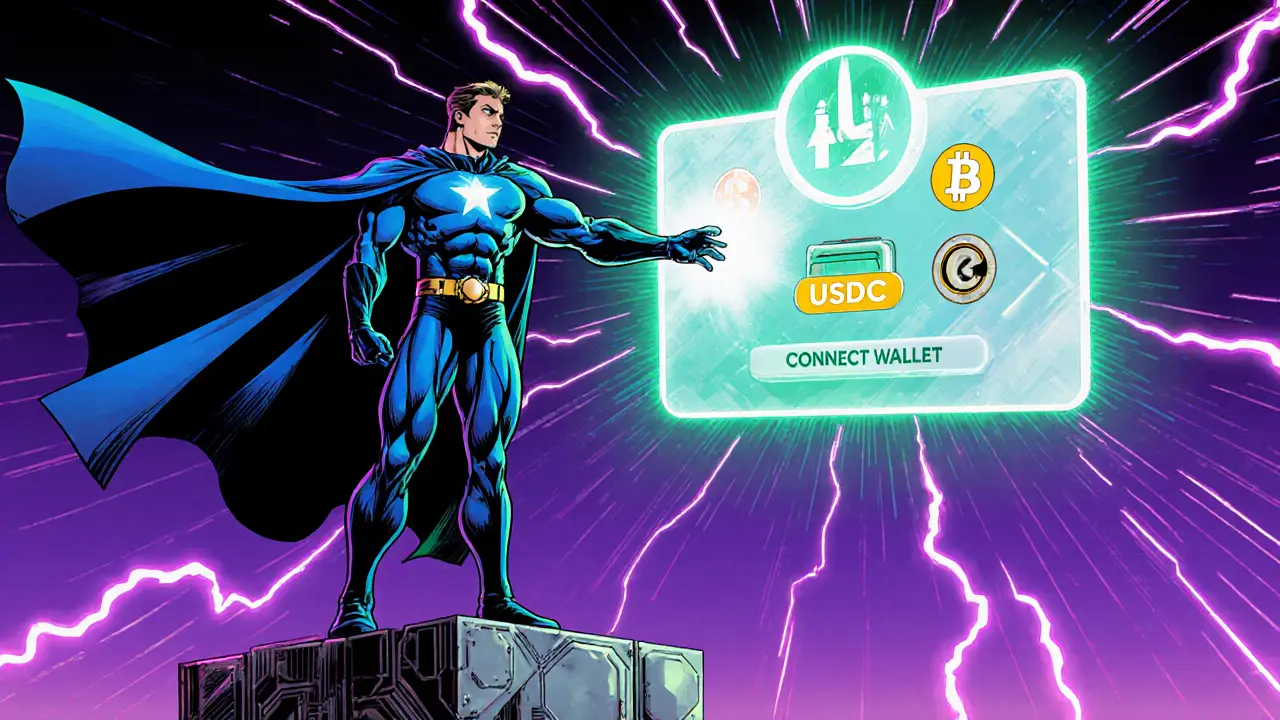When looking at Miaswap v3, a decentralized exchange built on the Binance Smart Chain that supports token swaps, yield farming, and cross‑chain bridges. Also known as MiaSwap, it aims to offer low‑fee trading while keeping the platform open‑source. This Miaswap v3 review will break down how the protocol works, what risks you may face, and whether it actually delivers on its promises.
The heart of Miaswap v3 is its automated market maker (AMM), a price‑setting algorithm that matches trades without order books. The AMM encompasses a set of mathematical curves that determine swap rates, and it requires liquidity providers to deposit token pairs into liquidity pools, shared reserves that enable instant trades. Because the pools are public, security audits influence user trust, and any vulnerability in the smart contracts can expose all deposited assets. Miaswap v3 also integrates a decentralized exchange (DEX), a platform where users retain custody of their funds while swapping tokens, which extends the AMM model with features like limit orders and custom fee tiers.
From a user perspective, three metrics matter most: fee structure, slippage, and gas costs. Miaswap v3 advertises a tiered fee system that rewards high‑volume traders with lower percentages, while small swaps still incur a base fee around 0.25%. Slippage is tied directly to pool depth; deeper pools mean less price impact, which is why the platform encourages large liquidity contributions. Gas fees on BSC are generally low, but during network congestion they can spike, affecting the overall cost of a swap. Understanding how these factors interact helps you decide whether Miaswap v3 offers a better net price than competing DEXs.
Risk management is another crucial piece. The protocol’s cross‑chain bridge lets you move assets between BSC, Ethereum, and Polygon, expanding trading options but also adding bridge‑specific vulnerabilities. Additionally, the tokenomics of Miaswap’s native token (MIA) include staking rewards that can be lucrative but also dilute value if over‑issued. Keeping an eye on the token’s inflation schedule and the council’s governance proposals is essential for long‑term holders. Finally, community sentiment on forums and social channels often signals upcoming upgrades or potential exploits before they’re officially announced.
All these pieces—AMM mechanics, liquidity pool health, DEX features, fee tiers, and bridge security—form the ecosystem that Miaswap v3 operates within. Below you’ll find a curated set of articles that dig into each of these topics, from detailed security audit breakdowns to step‑by‑step guides on providing liquidity. Use the insights to gauge if Miaswap v3 fits your trading style, risk tolerance, and profit goals.

A concise review of Miaswap v3 covering its features, fees, liquidity, security, tokenomics, and how it compares to top DEXs like Uniswap and PancakeSwap.